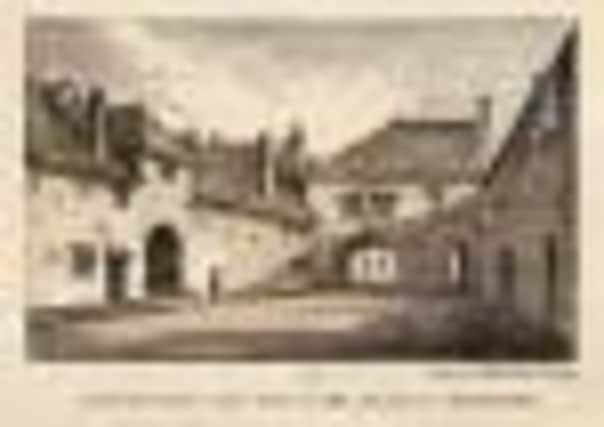DOWN MEMORY LANE: '˜Beauties' of Chichester in the 19th century


The book is entitled The Beauties and Antiquities of the County of Sussex and it was published in 1825 by James Rouse, of whom the lady is a direct descendant.
Rouse lived in Fulham in London, but was often a visitor down to Sussex, where he drew and painted landscapes and buildings. There are 148 engravings in the volume, and the Record Office was able to take copies of the ones in West Sussex. Six of Chichester are reproduced here.
Advertisement
Hide AdAdvertisement
Hide AdRouse has used artistic licence to show Chichester Cross on its own, seemingly in a meadow somewhere.


Actually, in 1825 it was surrounded by buildings, just as now.
Despite this, the photo of 1868 shows how accurate Rouse has been.
The iron railings, the clock face, the statue in its niche and the flags on the pinnacles are all there.
Cathedral


Advertisement
Hide AdAdvertisement
Hide AdThere were sheep being driven past the Cross until 1874, as cattle markets were held in East and North Streets.
The cathedral, however, looks different, with the gravestones still in place, set at rather jaunty angles.
The copse to the right must be artist’s licence again, as there were houses all along that side of West Street.
It was only in the July of that year, 1825, that the city council decided on a road-widening scheme and started pulling the houses down.
Advertisement
Hide AdAdvertisement
Hide AdCanon Lane is very recognisable nearly 200 years after Rouse’s drawing. However, the buildings on the left, up to the Chain Gate (the archway) were pulled down soon after he drew them, and in 1894 the steeply-pitched roof over the Gate leading into South Street was replaced.
The Chain Gate led into the Vicar’s Close.
Guildhall
The view of the city walls drawn by Rouse clearly shows the Lavant where it is now crossed by Avenue de Chartres.
In the background is the wall bastion and the ground in front of the wall, both of which have been dug by archaeologists in the recent city walls project.
There are several trees growing on the walls themselves and you can just make out the steeple of the cathedral peeping between them.
Advertisement
Hide AdAdvertisement
Hide AdThe Guildhall shows the Judges’ Lodgings attached to the side of it.
The Guildhall, originally the nave of the Fransciscan church, was by then being used as a Court House, as well as the Town Hall.
It housed the meetings of the Quarter Sessions, and William Blake was tried for sedition here in 1803.
Last, but certainly not least, is the engraving of St James’s Hospital, my favourite because this really is different!
Advertisement
Hide AdAdvertisement
Hide AdSt James’s Hospital is the little thatched cottage on the right of the engraving and it is still there, and can be seen from St Pancras/Westhampnett Road as you come into Chichester.
Although it is no longer the version in the drawing, the bridge is still there, between the two mini-roundabouts. But what was the column or building on the left?
Tell us your story
Have you got a memory you would like to see in our Down Memory Lane section? You can tell us your story by emailing [email protected].